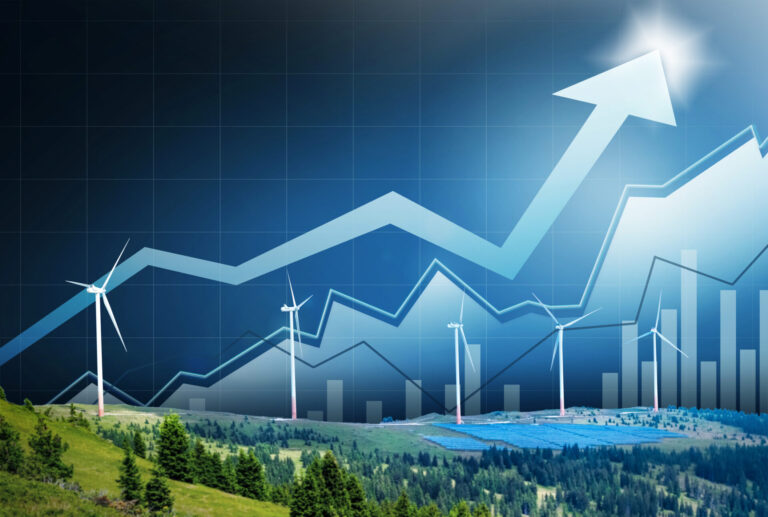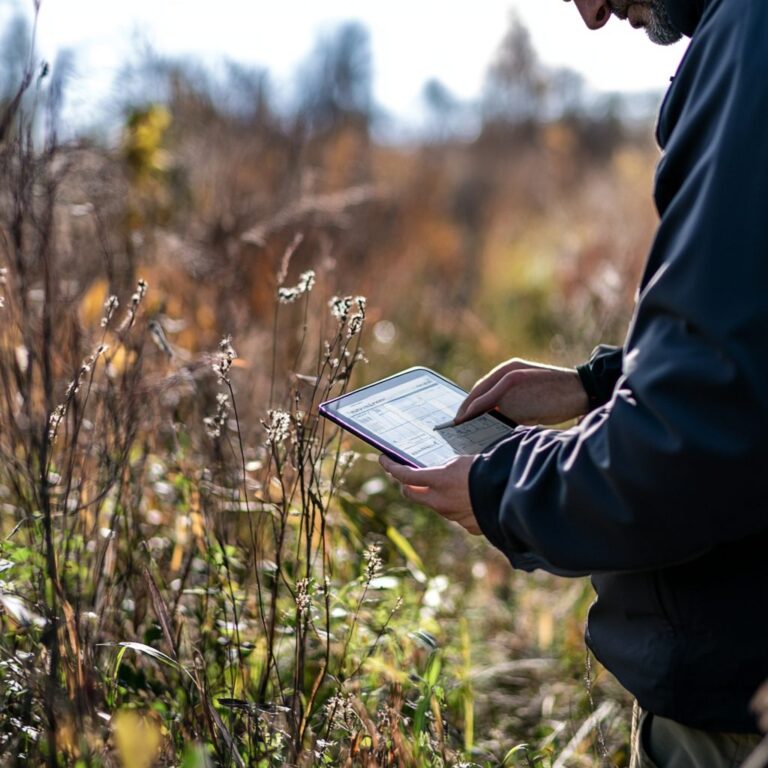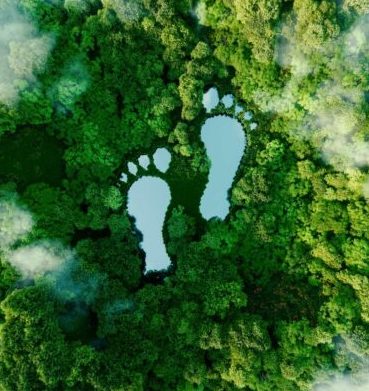Sunday, July 6, 2025
By James Viray, Greg Carli, and Michele Villa
In many ways, the climate change challenge Canadians face over the coming years is analogous with the pandemic we’re emerging from. The rapid rollout of vaccines showed us that decision-makers and key stakeholders can collaborate quickly when we face a collective crisis. Governments, multilateral institutions, private firms, and NGOs coordinated resources to develop and distribute vaccines at record pace. COVID-19 proved the basic tenant of behavioural economics – that immediate consequences drive action. We will need to apply this same sense of urgency to mobilizing global efforts to rapidly reducing emissions, while helping our communities to adapt to the economic realities of climate change, if we are to be successful in the short and longer term.
Fortunately, we are already seeing a promising response to the imminent threat posed by climate change; the pivot towards more ESG-driven investment in global markets, for example, is real and happening now. But no one slice of the economy is going to drive the wholesale change we need this decade. Government, industry, academia, community – all will need to come together to form new, perhaps unorthodox partnerships to drive change.
COP26 showed us that an appetite for international cooperation exists. While the success of the 26th meeting of the Committee of Parties will ultimately be judged in the years and decades ahead, it is heartening to see commitments being made to work together, around the world. These include the multi-nation pledge to move to 100 per cent zero emissions cars and vans, supported by governments, automotive companies, and financial institutions, along with a global agreement to end deforestation, in collaboration with Indigenous peoples and local communities. The One Sun Declaration has been another positive sign of international partnership; securing support for a transcontinental “green grid” to provide citizens of developed and developing countries alike with equitable access to renewable power.
From competitive edge to collaborative advantage
Complex problems require us to think differently, particularly in relation to emissions reduction goals. While Scope 1 and 2 emissions are well understood, Scope 3 emissions represent the next big hurdle. Individual organizations are trying to understand what to do in this space. Instead of working in isolation, businesses that would normally compete will need to come together to tackle emissions across the value chain – working collectively as a sector, to deliver lower-carbon solutions to the world. We hope to see collaborative advantage take precedence over competition as we approach 2030.
Tackling Scope 3 emissions through collaboration will be a gamechanger. Big emitters are struggling to define and deliver ambitious decarbonization agendas. All are under intense public pressure to clean-up their operations and portfolios. Businesses in these hard-to-abate sectors have both the motivation and resources to solve the Scope 3 puzzle; the missing piece is partnership. By partnering with suppliers, new solutions spearheaded by heavy industry will benefit the many small- and medium-sized businesses downstream that don’t have the R&D budgets to drive innovation. Collaboration also helps manufacturers develop differentiated end products that support their customers’ emissions reduction efforts.
This type of cross-industry collaboration is happening. For example, the Charge On Innovation Challenge has brought together some of the world’s largest miners to find solutions to electrify their heavy transport fleets – to move away from diesel, while maintaining productivity. The 1.5°C Supply Chain Leaders initiative is another demonstration of leading brands banding together and partnering with suppliers to make positive change.
Meanwhile, companies in some of the world’s highest-emitting industries are joining together with their suppliers and customers to decarbonize industry and transport through the Mission Possible Partnership. We will see more initiatives like these, delivering broad societal benefit by tackling the big problems, together. We also expect to see progressive businesses working more closely with the public sector and impacted communities to help accelerate solutions.
The knowledge sharing opportunity
While not losing sight of the importance to progress mitigation measures, in the next five to 10 years, world leaders will zone-in on adaptation strategies, to help build resiliency in the face of increasingly severe and frequent weather events. This is where opportunities to pool data and intelligence in all its forms, from the ancient to high-tech, become all the more important.
Our ability to mine massive data sets to enable real-time digital intelligence continues to transform our society. Better data means better carbon accounting, and that means a clearer picture of the impact of our actions. Heightened awareness in turn drives more climate-conscious behaviours among corporates and consumers. To really “lift the veil” on our carbon footprint, we must freely share data and be equally generous with the intellectual property we generate from it. The human mind alone is not able to connect all the myriad dots between the environment, people, and behaviour quickly enough to speed up the transition – only working as true partners to share data-driven insights will get us there.
Increasingly sophisticated technology will help us better measure and manage the phenomenon of climate change. But there are much more ancient sources of wisdom that we need to leverage, too. We need to prioritize deepening of our relationships with Indigenous peoples to gain valuable knowledge about traditional land management and other practices that have set the highest benchmark for environmental stewardship for centuries. Unconventional approaches to collaboration across cultures – blending time-honoured approaches with new technology – offer exciting potential for adaptive solutions.
A shared responsibility, a shared opportunity
We find ourselves at a critical turning point; only in relatively recent history has mankind managed to disrupt our planet’s natural balance to such a dangerous degree. In addressing this current state of emergency, there is much to be said about learning from the natural order of things; like the majestic redwood forest that has thrived for centuries sharing nutrients and support structures as a connected network of trees, the human race must also find ways to partner, connect and collaborate to support and strengthen each other in the face of this shared existential crisis.
Climate change impacts us all, particularly our future generations – and it will take a united front to face the challenges ahead. Industries will need to work together as communities, competitors as peers and global governments as global partners. No one expects the new year or the next decade to be easy, but with radical collaboration, we can make the leaps necessary to secure a cleaner, more resilient future, together.



James Viray is enterprise sustainability leader, Greg Carli is global advisory leader, sustainably, resilience & ESG, and Michele Villa is environment leader digital for GHD, a global professional services company.
Featured image from istock.com











